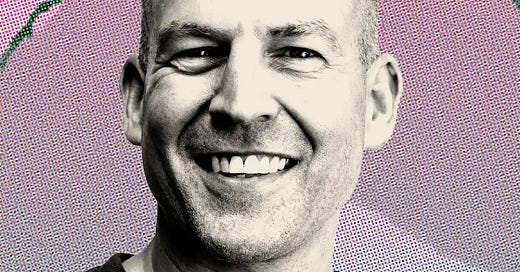On being unpredictable
If you think you will beat the incumbents by playing their game but being better at it, you are in for some predictable pain.
Unique. Like Everyone Else
One of the attributes of most startups is that they are inventing a future. What you are trying to do has typically never been done before; at least in the form of your company. Yes, there are well-established attributes that help you win every time (like taking talent seriously and building great cultures), but there are many …
Keep reading with a 7-day free trial
Subscribe to Caffeine Daily to keep reading this post and get 7 days of free access to the full post archives.



